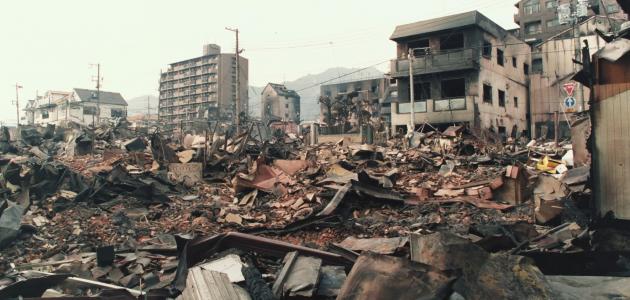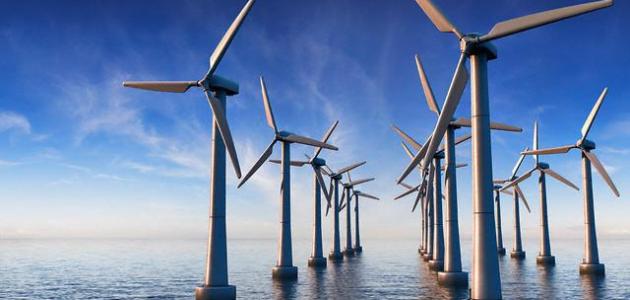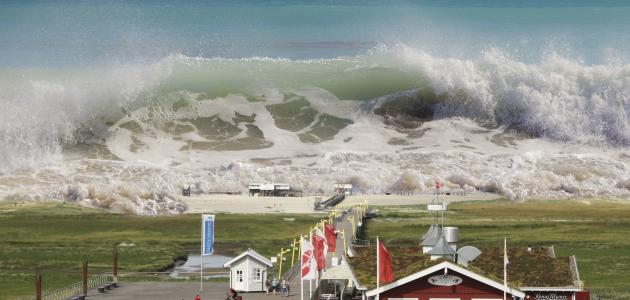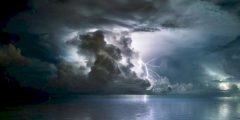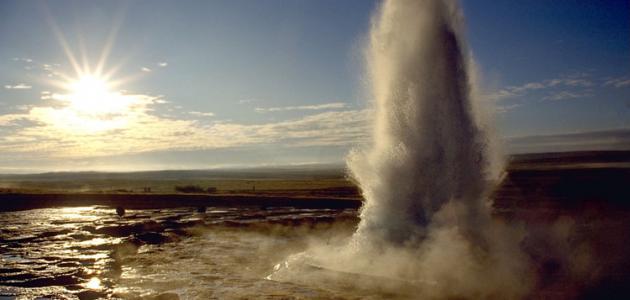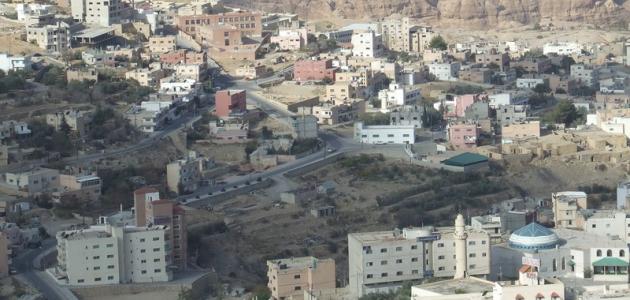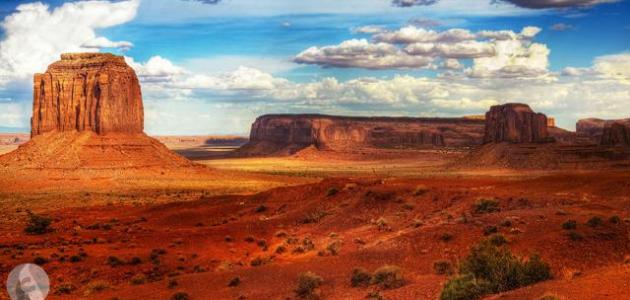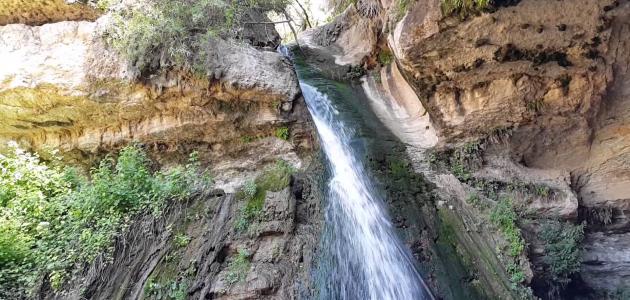earthquake effects
An earthquake occurs when a sudden movement of rocky masses occurs under the surface of the earth, which results in the release of large amounts of energy that are transmitted in the form of shock waves that cause vibration, and this movement is one of the internal forces of the planet that contributes continuously to changing the shape of its surface, as the earth has been subjected to earthquakes for more than Four billion years ago, and there are thousands of earthquakes that occur every day, and although most of them represent small vibrations, some of them are strong enough to destroy cities, and cause the death of thousands of human lives, as the earthquakes that occurred in the twentieth century AD led to the loss of life More than a million people, and the type of potential danger depends on the size of the earthquake, the distance of the region from its epicenter, and the strength of the seismic activity, in addition to other factors, such as: the topography of the region, the geological nature under the surface of the earth, the design of buildings, and groundwater, and it is worth noting that it is always followed Large earthquakes are a series of aftershocks. The following shows the most important effects resulting from earthquakes:
ground vibrations
Earthquakes are the most frequent effects of earthquakes, and their intensity may vary according to the strength of the seismic waves, ranging from simple tremors that accompany small earthquakes, to strong tremors that occur with large earthquakes. A strong earthquake may last for several minutes, during which it causes damage to buildings and facilities. , falling of things, and humans and animals may have difficulty standing and moving.
Read also:Where is the Negev Desert located?Fissures and landslides
Earthquakes sometimes result in ground cracks, but they are a relatively rare effect, and they are formed as a result of the movement of the earthquake along a weak area such as a fault, which causes the earth’s surface to break, and these ground cracks cause damage to humans, as they cause cracks in pipelines, tunnels, and water channels, And railway lines, roads, and airport runways, the occurrence of ground cracks in these areas is enough to destroy them or cause severe damage to them.
Earthquakes may result in landslides due to cracks and continuous vibrations, as earthquakes resulting from earthquakes destabilize the slopes, causing landslides and rock falls, and heavy rains and cracked rocks are factors that increase the likelihood and severity of collapses, and these collapses may lead to the destruction of buildings , sweeping away houses, blocking roads and railway lines, and in some cases can block rivers.
Fires
Fires are among the dangerous effects that may be caused by an earthquake, and a fire can start due to a gas leak from broken gas pipes, or as a result of an electrical short in the damaged power lines, or as a result of the overturning of burning wood or coal stoves, and the situation may increase in seriousness in the event of water interruption as a result Water lines and pipes are damaged, which makes it difficult to extinguish a fire that may continue for a long time, and this in turn leads to the destruction of homes, leaving many residents homeless.
Read also:Information about the Amazon foresttsunami waves
Tsunami waves are sometimes produced as a secondary effect of some types of earthquakes, and tsunami is a Japanese term that means harbor wave. A tsunami wave originates from the disturbance area at the bottom of the ocean, and it may travel even to great distances, and its speed depends on the depth of the ocean, as it may reach about 0.2 km/sec (712 km/h), while the height of tsunami waves is about tens of meters, ranging between 10-20 90 m in most of them, and a few of them may reach a height of XNUMX meters.
Tsunami waves are slower than seismic waves, so seismic vibrations warn of the danger of a tsunami before the wave arrives, but time may not be enough to take precautions in areas close to the earthquake, and it should be noted that tsunami waves do not pose a danger in the depths of the ocean, but they are They become dangerous when they approach the shore and the surface of the water. In the shallow waters, the energy that was distributed throughout the ocean is concentrated and accumulated. The wave height also increases. Usually, tsunamis are more devastating to coastal areas and communities than the earthquakes they cause. They may lead to damage, destruction, And deaths.
Read also:How does the ebb and flow process work?Soil liquefaction
Liquefaction occurs when the water-saturated sandy soil is exposed to ground vibrations due to the earthquake, and as a result the soil loses strength and hardness, and becomes like a viscous liquid, and for the occurrence of soil liquefaction, two conditions must be met, the first is that the soil is loose sandy, and saturated with water, to a depth 9 meters below the surface of the earth, and the second is that the shaking of the earth is strong enough to cause liquefaction, and the liquefaction of the soil may lead to great damage to property around the world, including sinking and tilting of buildings, collapse of slopes, subsidence and cracking of the surface of the earth.
